When you lose your way from your campsite or the hiking trail, the situation may quickly become so dire that you need to rely on your shelter-building skills in order to keep an ideal core body temperature until you get rescued. Different shelters will work best in different scenarios, so it's important to learn as many as possible. See some of the more common shelters below.
Different shelters will work best in different scenarios, so it's important to learn as many as possible. See some of the more common shelters below.
Open Shelters
A-frame
Photo by Steve Sanford
The pitched roof of the A-frame bough shelter offers more protection against the wind than a lean-to and can still be heated by fire at the entrance. One drawback is that the occupant can't lie down parallel to the fire for even warmth.
Pole and Bough Lean-to
Photo by Steve Sanford
One of the most ancient shelters, the single wall of a lean-to serves triple duty as windbreak, fire reflector, and overhead shelter.
Body-Heat Shelters
Quintze Hut
Photo by Steve Sanford
Properly constructed, this poor man's igloo can be body-heated to above freezing on a 20-below day, higher if you light a candle.
Debris Hut
Photo by Steve Sanford
Heap up a big mound of duff and detritus from the forest floor, then excavate a pocket that is large enough to crawl into. After getting inside, partially block the doorway to minimize air circulation. If it isn't cramped and dirty, you've made the air space too big for your body to heat it sufficiently.
Enclosed Shelters
Salish Subterranean Shelter
Photo by Steve Sanford
Used by Pacific tribes from Alaska to present-day California, pit shelters are impractical unless you have a digging implement, but they offer better protection from extreme heat and cold than aboveground shelters.
Wickiup
Photo by Steve Sanford
This forerunner of the tepee remains the quintessential primitive shelter-“sturdy enough to blunt prevailing winds, weatherproof, quickly built for nomadic hunters, but comfortable enough to serve as a long-term home. It can be partially enclosed or fully enclosed and vented to permit an inside fire.
Wigwam
Photo by Steve Sanford
A complex version of the wickiup, this is built with long, limber poles bent into a dome-shaped framework to maximize interior space.
Although these shelters are great at protecting you from the elements and keeping you warm from the outside air, it's important to note that with any shelter, your first priority should be to shield yourself from the heat-sucking effects of the ground.
Also, keep in mind that you should try and put together a shelter with as little energy spent as possible, so keep your resources in mind when making any shelter.
These are some great tips, and if you'd like to see more shelters, check out the original article on Field and Stream.
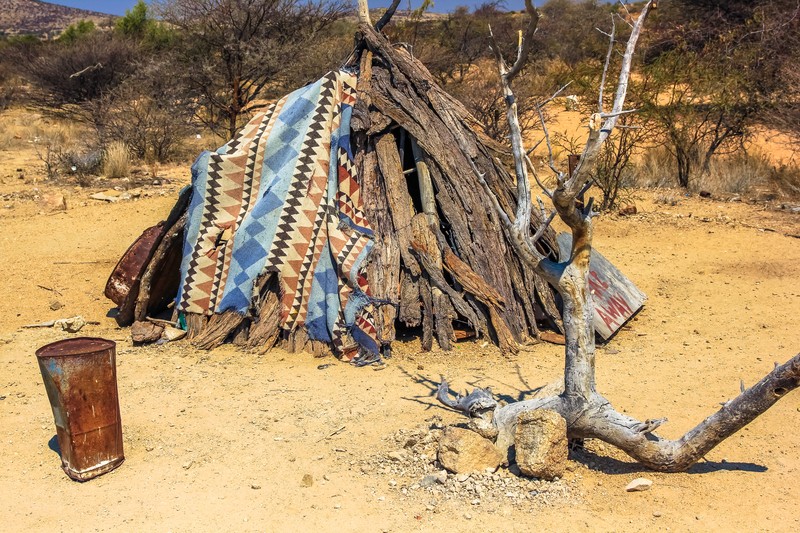
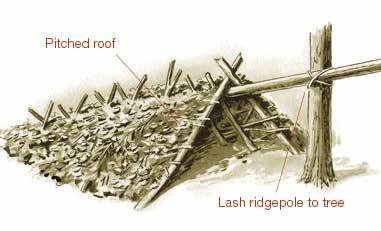
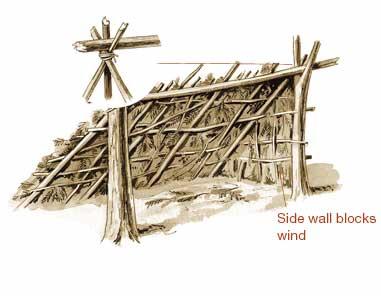
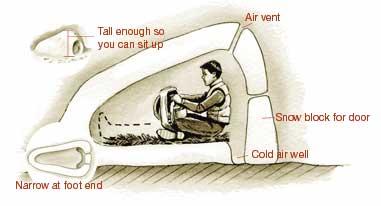
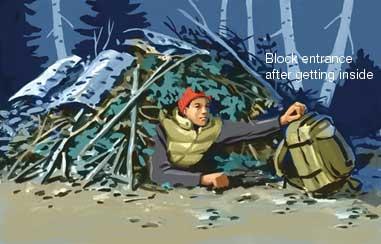
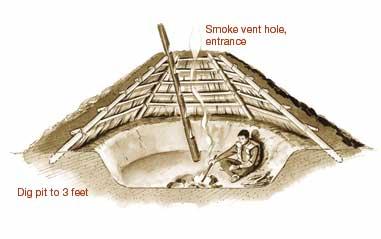
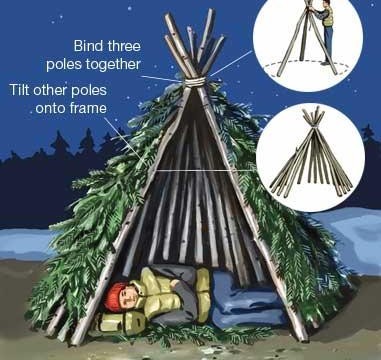
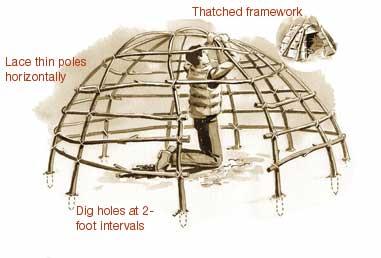
Cory Mullins
I likeTruth And Action…I got 14 percent, join now…
WLJQDkb (y) Play here. ==> http://goo.gl/EqfWw7
…
I like this post: Primitive but effective!…
This might be my next home.
no mortgage..we need food,shelter and water to survive…lots of possibilities with alternative building,tiny homes,earthships etc…
I’m native american old ways back yo nature worked for a long time, have to become less spoiled.
too effective…we need more expensive bombs to drop on terrorist hidey-holes like this…